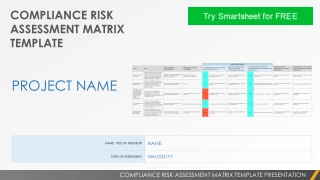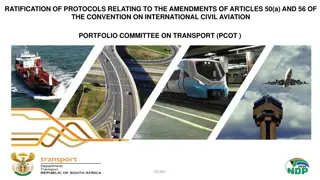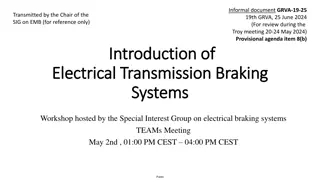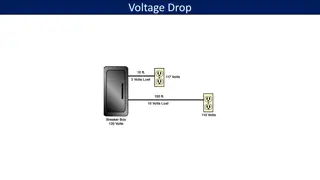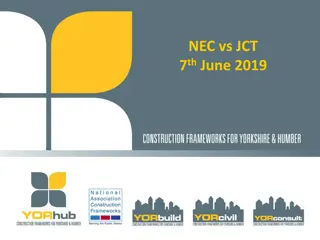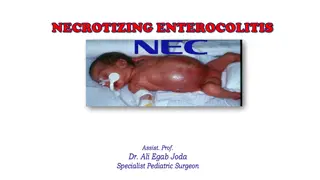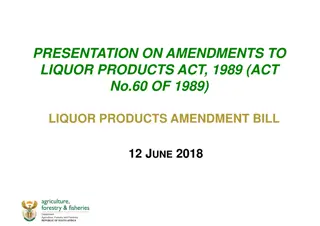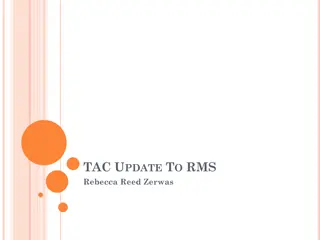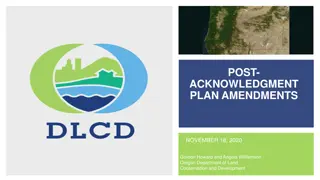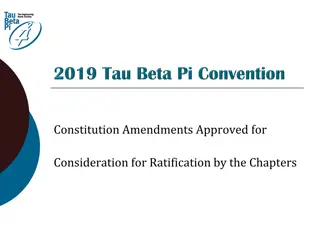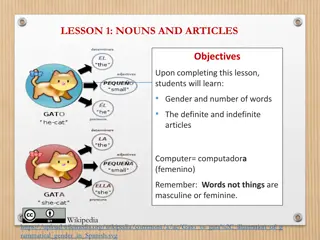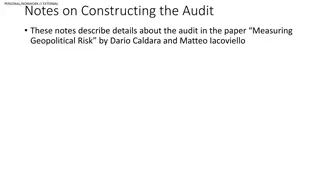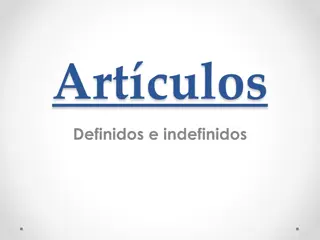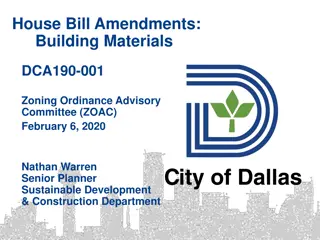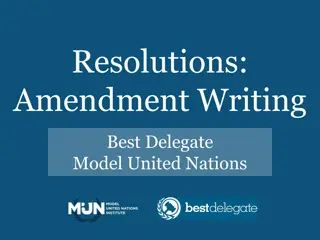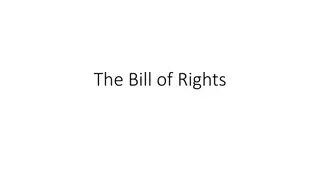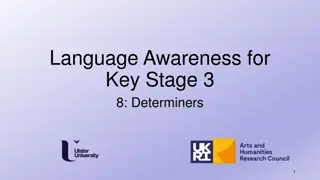Updates on Electrical Advisory Board Articles and NEC Amendments
A detailed overview of the 2020 Electrical Advisory Board article modifications, 2017 NEC amendments, and proposals for defining engineering supervision and intersystem bonding termination. Changes include defining engineering supervision by a licensed professional engineer and updates to approval criteria for electrical conductors and equipment. The proposal and removal of definitions aim to enhance clarity and compliance within the electrical industry.
Download Presentation

Please find below an Image/Link to download the presentation.
The content on the website is provided AS IS for your information and personal use only. It may not be sold, licensed, or shared on other websites without obtaining consent from the author. Download presentation by click this link. If you encounter any issues during the download, it is possible that the publisher has removed the file from their server.
E N D
Presentation Transcript
2020 Electrical Advisory Board Article 100 and 200
2017 Amendments to the National Electric Code 2017 Amendments to the National Electric Code **Article 100; add the following to definitions: Engineering Supervision. Supervision by a Qualified State of Texas Licensed Professional Engineer engaged primarily in the design or maintenance of electrical installations. (REASON FOR CHANGE: To better define the qualifications for engineering supervision. This term is used twenty four times in the 2017 National Electrical Code.)
2020 Proposal For Definition of Engineering 2020 Proposal For Definition of Engineering Supervision Supervision Engineering Supervision. Supervision by a Qualified State of Texas Licensed Professional Engineer engaged primarily in the design or maintenance of electrical installations. (REASON FOR CHANGE: To better define the qualifications for engineering supervision. This term is used twenty four times in the 2017 National Electrical Code.)
2017 Amendments to the National Electric Code 2017 Amendments to the National Electric Code ***Article 100; remove the amendment to the following definition: Intersystem Bonding Termination. A device that provides a means for connecting intersystem bonding conductors for communication systems and other systems such as metallic gas piping systems to the grounding electrode system. Bonding conductors for other systems shall not be larger than 6 AWG. (REASON FOR CHANGE: Remove the above amendment. Updates to the 2017 National Electrical Code Article 250.94(A) only accommodate connecting communication systems to an intersystem bonding termination device, but Article 250.94(B) provides an alternative or other means. To allow for a termination point for other bonding conductors in addition to communication systems that are required by the various model codes. 6 AWG was chosen to coincide with the minimum size of bonding conductor required to the intersystem bonding jumper.)
2020 Proposal For Definition of Intersystem 2020 Proposal For Definition of Intersystem Bonding Termination Bonding Termination The Amendment was removed under the NCTCOG 2017 NEC Amendments. The explanatory language was left for reference. Recommend striking this amendment.
2017 Amendments to the National Electric Code 2017 Amendments to the National Electric Code **Article 110.2; change the following to read as follows: 110.2 Approval. The conductors and equipment required or permitted by this Code shall be acceptable only if approved. Approval of equipment may be evident by listing and labeling of equipment by a Nationally Recognized Testing Lab (NRTL) with a certification mark of that laboratory or a qualified third party inspection agency approved by the AHJ. Cont.
Article 110.2 cont. Exception: Unlisted equipment that is relocated to another location within a jurisdiction or is field modified is subject to the approval by the AHJ. This approval may be by a field evaluation by a NRTL or qualified third party inspection agency approved by the AHJ. Manufacturer s self-certification of any equipment shall not be used as a basis for approval by the AHJ. Informational Note No. 1: See 90.7, Examination of Equipment for Safety, and 110.3, Examination, Identification, Installation, and Use of Equipment. See definitions of Approved, Identified, Labeled, and Listed. Informational Note No. 2: Manufacturer s self-certification of equipment may not necessarily comply with U.S. product safety standards as certified by an NRTL. Informational Note No. 3: National Fire Protection Association (NFPA) 790 and 791 provide an example of an approved method for qualifying a third party inspection agency. (REASON FOR CHANGE: To add clarity and provide more positive options for enforcement and approval of unlisted equipment.)
2020 Proposal For 110.2 Approval 2020 Proposal For 110.2 Approval Amendment was added under the 2011 Amendments and revised under the 2017 Amendments. Recommend carrying forward 2017 Amendment language.
2017 Amendments to the National Electric Code 2017 Amendments to the National Electric Code ***Article 210.52(G) (1) Garages: remove the amendment that deleted the following: (1) Garages. In each attached garage and in each detached garage with electric power. The branch circuit supplying this receptacle(s) shall not supply outlets outside of the garage. At least one receptacle outlet shall be installed for each car space. (REASON FOR CHANGE: Installations in compliance with this Code are not necessarily efficient, convenient, or adequate for good service or future expansion of electrical use.) (REASON FOR CHANGE: Updates to this section in the 2017 National Electrical Code provided relief by removing shall not supply outlets outside of the garage. )
2020 Proposed Amendment to 210.52(G)(1) 2020 Proposed Amendment to 210.52(G)(1) Amendment was removed with addition of new code language in 2017 that does not specifically prohibiting supplying outlets outside of the garage. This language was maintained in 2020. An exception was added in 2020 exempting spaces not attached to an individual dwelling unit in a multifamily dwelling. Recommend striking Amendment.
2017 Amendments to the National Electric Code 2017 Amendments to the National Electric Code ***Article 230.71(A); remove the amendment that added the following exception: Exception: Multi-occupant buildings. Individual service disconnecting means is limited to six for each occupant. The number of individual disconnects at one location may exceed six. (REASON FOR CHANGE: This is currently the accepted installation practice of the region. No noteworthy complaints have surfaced. It is more reasonable than the current NEC requirements. It allows more than six disconnects grouped at one location. This also allows designers more flexibility in the placement of electrical meters and main service disconnects.) (REASON FOR CHANGE: This is below the minimum standard of the 2017 National Electrical Code adopted by the State of Texas.)
2020 Proposal For Amendment to 230.71(A) 2020 Proposal For Amendment to 230.71(A) 2017 Amendments removed the amended language that fell below minimum standards. 230.71(A) & (B) were both changed in the 2020 edition removing the allowance for six disconnecting means to be grouped in a single enclosure. Recommend striking Amendment.
2020 2020 Proposals
110.14(D) Terminal Connection Torque 110.14(D) Terminal Connection Torque The new language provides further clarification for acceptable means of verifying proper torquing through the Informational Notes. Provided for review since past Boards have considered amendments. No amendment to the code language was discussed and no amendment is recommended.
210.8 Ground 210.8 Ground- -Fault Circuit Fault Circuit- -Interrupter Protection Interrupter Protection for Personnel for Personnel .without passing through a door and doorway were removed from measurement determination for 2020. No amendment to the code language was discussed and no amendment is recommended.
210.8(A) Dwelling Units 210.8(A) Dwelling Units The expansion of GFCI protection to additional locations, expanded locations and 250 volt receptacles is a significant change and warrants discussion. The amendment of this section may fall below a minimum standard. Includes changes to 210.8(A), 210.8(A)(5), &210.8(A)(11) No amendment to the code language was discussed and no amendment is recommended. Amendment to these requirements would fall below minimum requirements and no equal equivalent is available.
210.8(B) Other Than Dwelling Units 210.8(B) Other Than Dwelling Units The expansion of GFCI protection to additional locations, expanded locations and 250 volt receptacles is a significant change and warrants discussion. The amendment of this section may fall below a minimum standard. Includes changes to 210.8(B), & 210.8(B)(2) New Sections under 210.8(D) and (E) have been added. No amendment to the code language was discussed and no amendment is recommended. Amendment to these requirements would fall below minimum requirements and no equal equivalent is available. Section 210.8 (F) has is covered separately for additional discussion.
210.8 (F) Outdoor Outlets. (F) Outdoor Outlets. All outdoor outlets for dwellings, other than those covered in 210.8 (A)(3), Exception to (3), that are supplied by single-phase branch circuits rated 150 volts to ground or less, 50 amperes or less, shall have ground-fault circuit-interrupter protection for personnel. Exception: Ground-fault circuit-interrupter protection shall not be required on lighting outlets other than those covered in 210.8 (C).
Amendment proposed (F) Outdoor Outlets. All outdoor outlets for dwellings, other than those covered in 210.8 (A)(3), Exception to (3), that are supplied by single-phase branch circuits rated 150 volts to ground or less, 50 amperes or less, shall have ground-fault circuit-interrupter protection for personnel. Exception No. 1: Ground-fault circuit-interrupter protection shall not be required on lighting outlets other than those covered in 210.8 (C). Exception No. 2: Outdoor outlets supplying HVAC equipment may be connected from the disconnecting means location required by 440.14 to the equipment using LFMC or other metal raceway system with grounding and bonding as required per 717.19(E)(#1).
Recommendation Motion
210.52(C)(1),(2),&(3) 210.52(C)(1),(2),&(3) New language has been provided to determine the number of receptacles required for countertop work surfaces, island and peninsular surfaces, and the location of receptacles. No amendment to the code language was discussed and no amendment is recommended.
230.67 Surge Protection 230.67 Surge Protection With surge protection now required, are any amendments warranted for the location of the device as noted in 230.67(B) and the exception or the requirement of (D) for replacement equipment? No amendment to the code language was discussed and no amendment is recommended.
230.85 Emergency Disconnects 230.85 Emergency Disconnects New requirement for emergency disconnect Grouping of disconnects Labeling of equipment Locking of equipment for against malicious interruption No requirement at replacement of service as at 230.67(D) for Surge Protection No amendment to the code language was discussed and no amendment is recommended.




